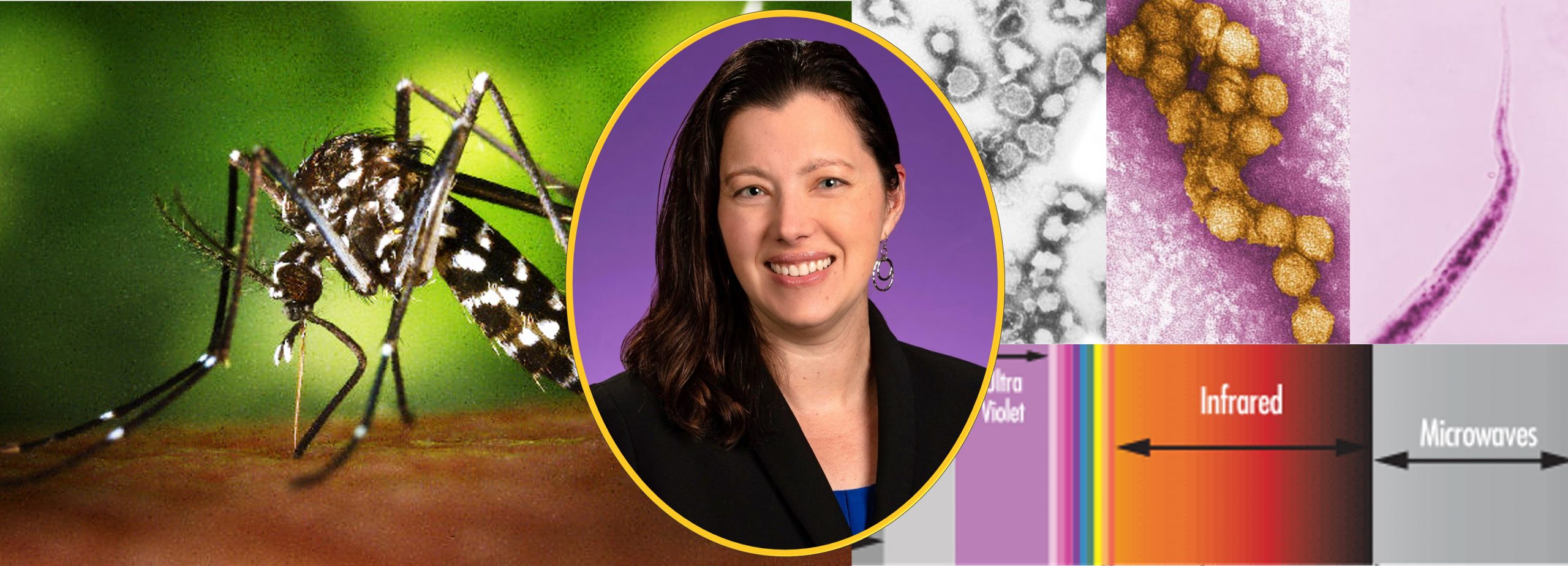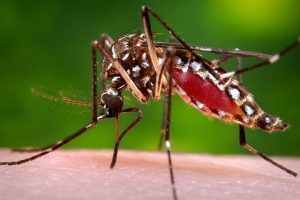Dr. Stephanie Richards receives the American Mosquito Control Association’s Mosquito Research Fund for their project titled, “Towards the Mosquito Tricorder: One Stop Determination of Species, Age, Infection Status, and Pathogen Identification”. The project is a collaboration between investigators at NC State University (prime), Western Carolina University (subcontractor) and East Carolina University (subcontractor). A total funding of $49,655 will be awarded, with ECU receiving $16,500 for their part in the project.
This project examines and extends a promising technology, Mid-Infrared Spectroscopy (MIRS), to collect substantial information from a single leg of a mosquito. Prior work has demonstrated MIRS can be used to discriminate species. In this project, investigators will test the ability of MIRS to determine infection status, chronological age, and parity of mosquitoes. Infection detection will be tested with three different pathogens in Aedes albopictus: a filarial worm (Dirofilaria immitis) and two viruses from different clades (La Crosse encephalitis virus [bunyavirus] and dengue [flavivirus]). Age and parity determination will be tested with four species of mosquitoes, representing the evolutionary diversity of the family: Anopheles quadrimaculatus, Aedes albopictus, Aedes triseriatus, and Culex pipiens. The outcomes of this work will determine the potential for this technology to revolutionize post-trap processing of pest and vector mosquitoes. Ultimately, this technology may be deployed to provide accurate and immediate risk assessments of pathogen transmission by mosquitoes in nearly real-time.




